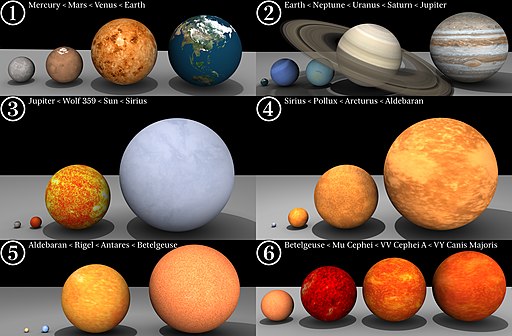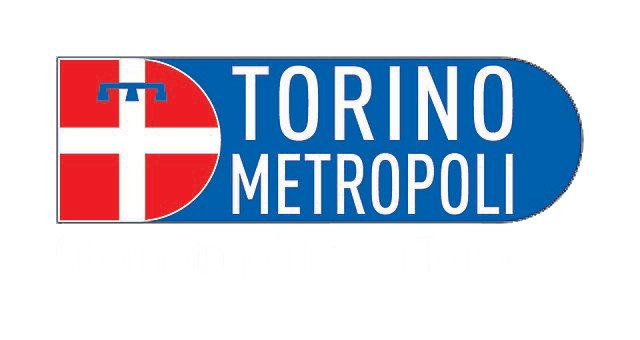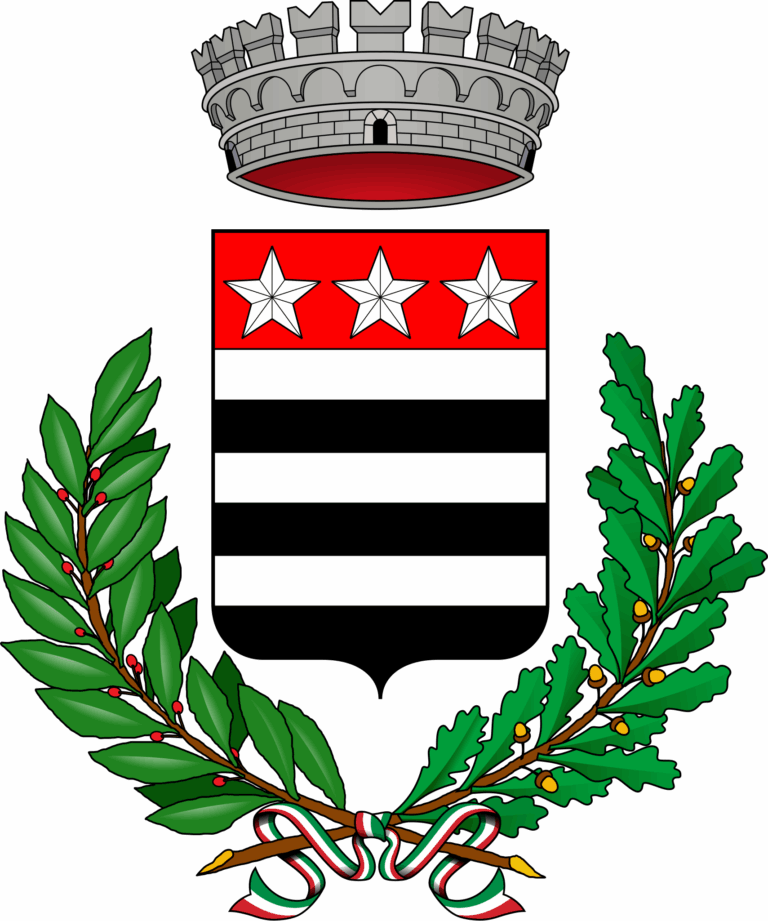VENERE
VENERE

DURATA GIORNO (ROTAZIONE)
243 giorni

DURATA ANNO (RIVOLUZIONE)
225 giorni

EFFETTO GRAVITÀ



VENERE
Venere è il secondo pianeta del sistema solare in ordine di distanza dal Sole, situato tra Mercurio e la Terra. È spesso chiamato il “pianeta gemello” della Terra per via delle sue dimensioni simili, ma in realtà presenta caratteristiche molto diverse, che lo rendono uno dei corpi celesti più affascinanti e misteriosi da studiare.
Venere ha un diametro di circa 12.104 chilometri, appena leggermente più piccolo della Terra (che ha un diametro di circa 12.742 km). La sua massa rappresenta circa il 81,5% di quella terrestre, e la sua densità è molto elevata, simile a quella della Terra, suggerisce una composizione interna simile, composta principalmente da un nucleo di ferro e nichel, un mantello di roccia e una crosta.
La sua atmosfera è composta principalmente da anidride carbonica (circa il 96%) e contiene anche nubi di acido solforico. Questa atmosfera spessa e densa crea un effetto serra estremamente potente, che ha portato le temperature superficiali a valori incredibilmente elevati, raggiungendo circa 465°C, abbastanza da fondere il piombo. La pressione atmosferica sulla superficie è circa 92 volte quella terrestre, equivalente a quella che si avrebbe a circa 900 metri di profondità negli oceani terrestri. Per effetto di questa caratteristica le condizioni di Venere sono tra le più estreme del sistema solare.
Venere ha un’orbita molto vicina a quella della Terra, con un periodo di rivoluzione di circa 225 giorni terrestri. Tuttavia, la rotazione su sé stesso è molto lenta e in senso retrogrado (cioè ruota in senso opposto, in senso orario, rispetto alla sua orbita e agli altri pianeti), impiegando circa 243 giorni terrestri per completare una rotazione. Questo significa che un giorno su Venere dura più di un anno terrestre.

Dave Jarvis (https://dave.autonoma.ca/), CC BY-SA 3.0, via Wikimedia Commons

Torino nello Spazio
Studi, modelli, veicoli per le missioni:

Venus Express
APPROFONDIMENTI:
- Wikipedia: Venus Express
- Thales Alenia Space
- Discovering the deepest secrets of Venus planet with EnVision mission (Venus Express legacy mentioned)
Il Sole è il punto di partenza del Sentiero dei Pianeti: una passeggiata di 8,6 km che rappresenta il sistema solare, mostrando la distanza e dimensione dei pianeti in scala (1:869.653.000). Il percorso, immerso nel verde, prevede 13 tappe e termina a Pino Torinese, presso il Planetario-Osservatorio.

VENUS
Venus is the second planet in the solar system in order of distance from the Sun, located between Mercury and Earth. It is often referred to as Earth’s “twin planet” due to its similar size, but in reality, it has very different characteristics that make it one of the most fascinating and mysterious celestial bodies to study.
Venus has a diameter of about 12,104 kilometers, only slightly smaller than Earth’s (which has a diameter of approximately 12,742 km). Its mass is about 81.5% that of Earth, and its high density—similar to Earth’s—suggests a comparable internal structure, composed mainly of an iron-nickel core, a rocky mantle, and a crust.
Its atmosphere is composed primarily of carbon dioxide (about 96%) and also contains thick clouds of sulfuric acid. This dense, heavy atmosphere creates an extremely powerful greenhouse effect, raising surface temperatures to around 465°C—hot enough to melt lead. The atmospheric pressure at the surface is about 92 times greater than that of Earth, equivalent to the pressure found at a depth of about 900 meters underwater on Earth. Because of these features, Venus has some of the most extreme conditions in the solar system.
Venus has an orbit very close to Earth’s, with a revolution period of about 225 Earth days. However, its rotation is very slow and retrograde (it spins clockwise, opposite to its orbit and most other planets), taking about 243 Earth days to complete one rotation. This means that one day on Venus lasts longer than an Earth year.


Turin in Space
Mission studies, models, and vehicles:














